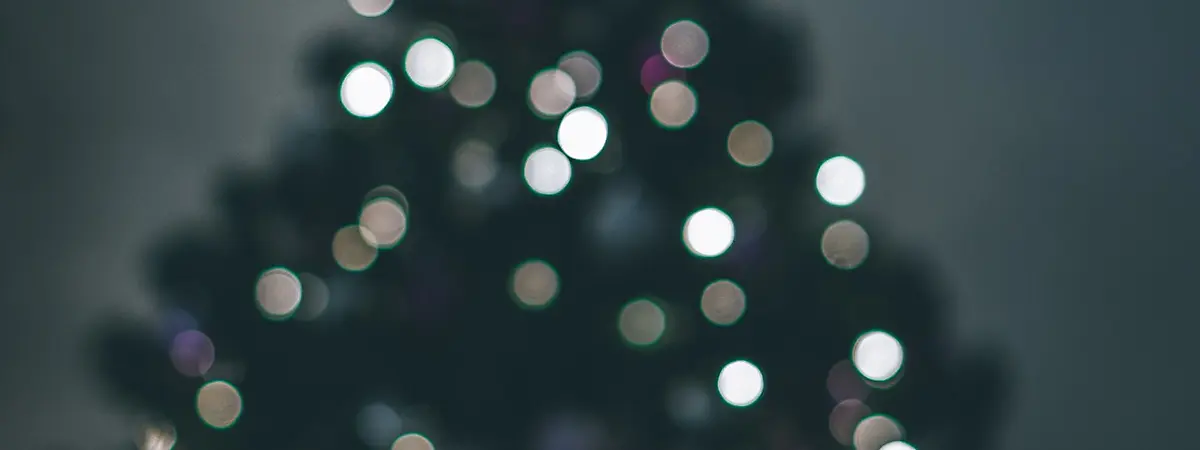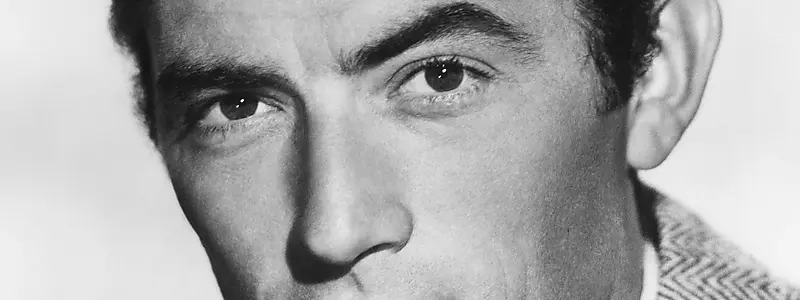The allure of Black Friday—a day marked by frenzied shopping, midnight doorbusters, and crowds that swell to the tens of thousands—provides a fertile ground for horror narratives. This annual event, teetering on the edge of chaos and consumerist obsession, can serve as a compelling backdrop for a horror novel that delves deep into the human psyche and societal norms.
At its core, Black Friday is a phenomenon that magnifies human desires and fears. The anticipation builds for weeks, with advertisements fueling the urgency to seize the best deals. This collective eagerness creates an atmosphere ripe for tension and suspense. As a writer, tapping into this collective mindset allows you to explore themes of greed, desperation, and the lengths people will go to fulfill their wants.
The setting of a crowded mall or a bustling city center during Black Friday offers a labyrinthine environment where characters can easily become lost, both physically and psychologically. The overwhelming presence of strangers, the cacophony of noises, and the claustrophobic spaces can heighten a sense of dread. Imagine a protagonist navigating through a sea of faceless shoppers, only to realize they’re being followed or that something sinister lurks within the crowd. The anonymity of the masses can be terrifying, as danger becomes indistinct yet omnipresent.
Moreover, the convergence of diverse individuals during Black Friday can lead to volatile interactions. Tensions flare when limited stock items are at stake, and ordinary people might exhibit uncharacteristic aggression. This setting allows for character development that reveals the darker sides of human nature. A character’s moral compass can be tested when faced with high-stress situations—will they maintain their integrity, or will they succumb to the madness surrounding them?
Incorporating supernatural or psychological horror elements can further amplify the impact of the Black Friday setting. The event could be a catalyst for unleashing otherworldly forces or serve as a metaphor for a character’s internal demons. For instance, a cursed object sought after by many could wreak havoc when obtained, or the relentless pursuit of material possessions could manifest as a haunting presence that follows the characters.
The temporal aspect of Black Friday is also a powerful tool. The fact that it begins in the early hours, often before dawn, adds to the disorientation and surreal quality of the experience. The darkness outside contrasts with the artificial brightness of the stores, creating a disjointed sense of time and place. Utilizing this can enhance the eerie atmosphere of your novel, blurring the lines between reality and nightmare.
Additionally, exploring the aftermath of Black Friday can provide a sobering reflection on consumerism and its impacts. The debris left behind, the exhausted faces of shoppers and employees alike, and the hollow victory of material gain can serve as poignant imagery. This setting can act as a backdrop for a horror story that not only scares but also critiques societal behaviors.
In crafting your narrative, consider the symbolism that Black Friday embodies. It’s a day where normal rules seem suspended, and societal norms are bent in the name of consumerism. This suspension of normalcy can be the perfect opening for horror elements to seep in. The familiar becomes unfamiliar, and the safe spaces of shopping centers turn into arenas of fear.
In conclusion, integrating Black Friday into a horror novel opens up myriad possibilities for tension, atmosphere, and thematic depth. It allows you to explore the extremes of human behavior under the pressure of societal expectations and personal desires. By delving into the chaos and darkness that this day can represent, your story can resonate on both a visceral and intellectual level with readers who recognize the thin line between order and chaos in their own experiences of Black Friday.









